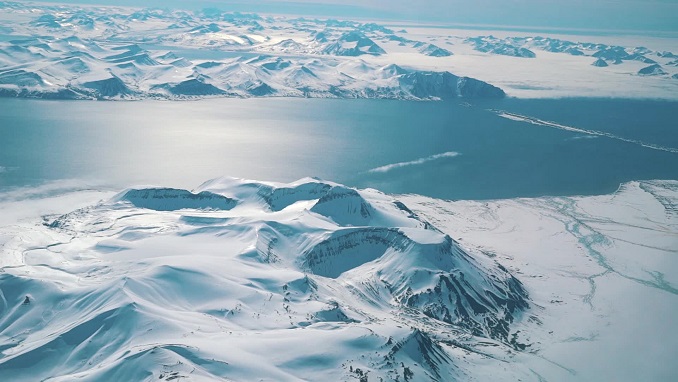The epithet “anomalous” in weather assessments is likely to become less and less common, and this is not because the weather will return to its climatic limits. It’s just that what half a century ago was perceived as extraordinary phenomenon, today they have turned into ordinary weather events.
In meteorology and climatology, average daily, monthly, and annual norms are widely used. Naturally, the longer the series of observations, the more accurate the standards are and the more serious the extremes look.
But the trouble is that the climate is not constant – both on-time periods equal to hundreds of thousands of years and on a scale of just a few decades.
Let’s talk about the scale of the last hundreds of thousands of years. The modern climate should be considered the Holocene, where humanity lives and lasts about 10 thousand years.
This is generally a warm era. However, against this generally warm background, there were several severe rollbacks to the cold past, moreover, lasting several hundred years. The most famous is the Little Ice Age of the XIV-XIX centuries.
Throughout the new era, the climate was characterized by cycles with a period of about 30 years. There are even shorter climatic fluctuations. For example, before the modern rapid warming, there was a relatively cold middle of the 20th century and an even colder second half of the 19th century.
All reasoning about the norms concerns only the period of instrumental observations of the atmosphere, a maximum of 150 years.
A number of instrumental observations are divided into 30-year periods. It is believed that during this time the circulations of the atmosphere and the upper layers of the ocean realize all sets of their dynamic states, including anomalous ones. In turn, this is what makes up the modern climate.

